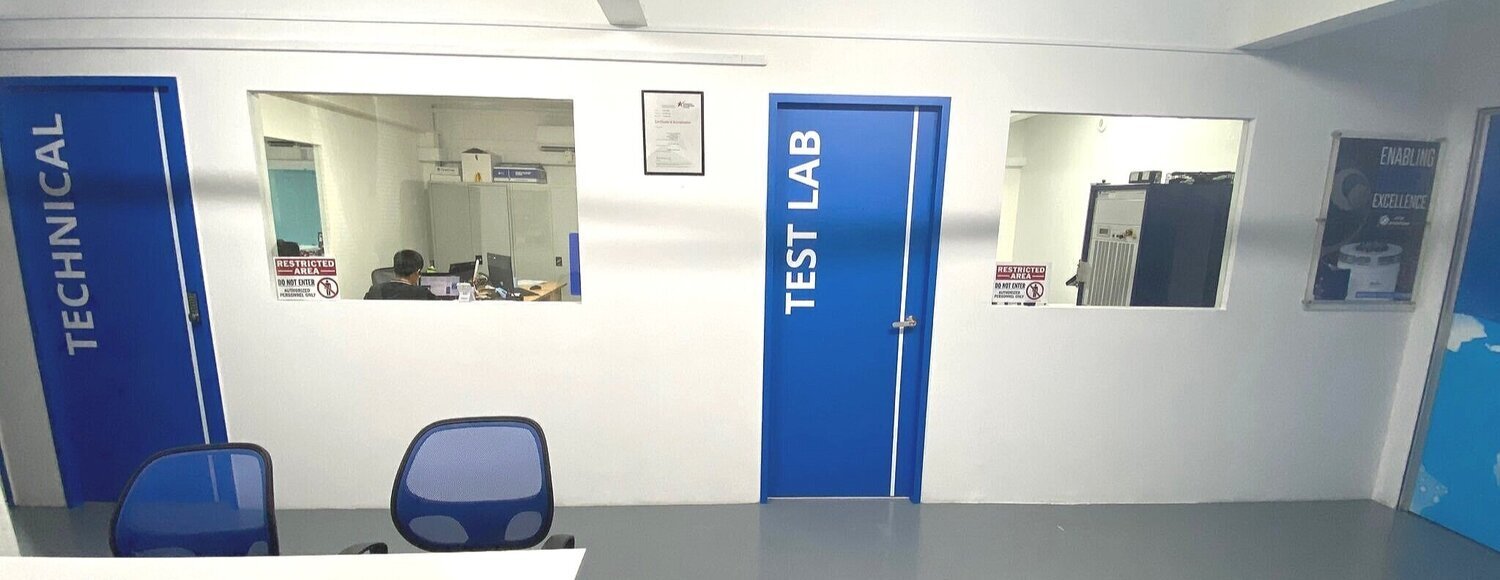What Problems Do Vibration Engineers Encounter?
Vibration engineering is the study of mechanical oscillations and their effects on structures, machinery, and systems. Vibrations can cause significant damage, reduce efficiency, and lead to failure if not properly managed. Vibration engineers specialize in identifying, analyzing, and mitigating vibration-related issues to ensure the safety, reliability, and performance of various mechanical systems.
Understanding Vibration Engineering
Definition and Significance of Vibration Engineering
Vibration engineering involves the study of vibration characteristics, such as frequency, amplitude, and mode shapes, and their impact on the performance and integrity of structures and machines. It is crucial in industries where vibrations can lead to catastrophic failures or compromise operational efficiency.
Applications and Industries Where Vibration Engineering is Crucial
Vibration engineering finds applications in a wide range of industries, including:
Aerospace: Managing vibrations in aircraft, spacecraft, and satellites to ensure structural integrity and passenger comfort.
Automotive: Optimizing ride quality, reducing noise, and improving vehicle performance.
Civil Engineering: Assessing and mitigating vibrations in buildings, bridges, and other structures caused by environmental factors or human activities.
Manufacturing: Controlling vibrations in machinery and equipment to enhance precision, reliability, and productivity.
Common Problems Faced by Vibration Engineers
Lack of Accurate Measurement Techniques
Accurately measuring vibrations is crucial for understanding their characteristics and identifying potential issues. However, vibration engineers often face challenges in obtaining precise measurements due to limitations in measurement devices and techniques. The accuracy of measurements can be influenced by factors such as sensor placement, signal processing, and environmental conditions.
Difficulty in Analyzing Complex Vibration Patterns
Vibrations can exhibit complex patterns, making their analysis and interpretation a challenging task. Vibration engineers encounter difficulties in distinguishing between random vibrations, normal operational vibrations, and those caused by underlying faults or failures. Analyzing such complex patterns requires a deep understanding of vibration theory and advanced signal processing techniques.
Challenges in Predicting and Mitigating Vibration-Induced Failures
One of the primary concerns for vibration engineers is predicting and mitigating vibration-induced failures. Vibrations can lead to fatigue, structural damage, and premature wear of components. However, accurately predicting and preventing these failures can be a daunting task. Vibration engineers need to consider various factors such as the dynamic behavior of the system, operating conditions, material properties, and environmental influences.
Insufficient Data Collection and Monitoring
Inadequate data collection and monitoring can hinder the ability of vibration engineers to detect and address vibration issues. Proper sensor placement is crucial for capturing accurate vibration data. However, choosing the optimal locations for sensors can be challenging, especially in complex systems with limited accessibility. Additionally, some measurement devices may not be sensitive enough to capture subtle vibrations or may introduce noise into the data.
Complexities of Vibration Analysis
Interpreting and analyzing vibration data require a deep understanding of vibration theory and advanced analytical techniques. Vibration engineers must be able to distinguish between different vibration modes, identify the root causes of vibration problems, and assess the severity of the vibrations. It often involves analyzing frequency spectra, time-domain waveforms, and conducting modal analysis to determine the natural frequencies and mode shapes of the system.
Designing Effective Vibration Control Strategies
Vibration control is a critical aspect of vibration engineering. Engineers must develop effective strategies to mitigate vibrations and minimize their impact on systems and structures. This involves designing vibration isolation systems to separate sensitive components from the source of vibrations. It also includes implementing damping techniques, such as using viscoelastic materials or tuned mass dampers, to dissipate the energy of the vibrations.
Importance of Simulation and Modeling
Simulation and modeling techniques are invaluable tools for vibration engineers. Finite Element Analysis (FEA) allows engineers to simulate the behavior of structures and predict their response to vibrations. Virtual prototyping and testing can help optimize designs, evaluate different damping strategies, and assess the effectiveness of vibration control measures before physical prototypes are built. These virtual tools save time and resources while enabling engineers to fine-tune their solutions.
Collaborative Approach in Vibration Engineering
Vibration engineering often requires collaboration between different disciplines and professionals. Engineers need to work closely with structural engineers, mechanical engineers, and designers to ensure that vibration issues are addressed holistically. Effective communication and coordination among team members are crucial for successful vibration control and mitigation strategies.
Future Trends and Innovations in Vibration Engineering
The field of vibration engineering is constantly evolving, driven by advancements in technology and research. Some of the future trends and innovations in vibration engineering include:
Advancements in Sensor Technology: The development of more sensitive and accurate sensors will enhance the ability to measure and monitor vibrations in real-time.
Machine Learning and Artificial Intelligence: These technologies can assist in analyzing large amounts of vibration data, identifying patterns, and predicting potential failures.
Internet of Things (IoT) Integration: IoT-enabled sensors and devices can provide continuous monitoring and enable remote diagnostics of vibration-related issues.
Smart Materials and Structures: The use of smart materials, such as shape memory alloys or piezoelectric materials, can offer active vibration control capabilities.
Predictive Maintenance Strategies: Utilizing data-driven approaches, vibration engineers can implement predictive maintenance programs that identify potential failures before they occur, minimizing downtime and optimizing maintenance schedules.
Vibration engineers play a vital role in ensuring the reliability, safety, and performance of various mechanical systems. They face challenges related to accurate measurement, complex analysis, and effective control of vibrations. By employing advanced techniques, and collaborative approaches, and staying abreast of emerging trends, vibration engineers continue to make significant contributions to various industries.
FAQs
-
Yes, vibrations can cause structural damage over time. They can lead to fatigue, cracks, and even structural failure if not properly addressed or controlled.
-
Yes, several industries heavily rely on vibration engineering, including aerospace, automotive, civil engineering, and manufacturing. These industries deal with complex systems and structures where vibrations can have significant consequences on performance, safety, and efficiency.
-
Vibration engineers employ various techniques to mitigate vibrations, such as vibration isolation systems, damping techniques (including passive and active damping), tuned mass dampers, and the use of viscoelastic materials. These techniques help minimize the transmission and impact of vibrations on structures and machinery.
-
Finite element analysis (FEA) is a powerful tool in vibration engineering. It allows engineers to simulate and analyze the behavior of structures under different vibration conditions. FEA helps predict natural frequencies, mode shapes, and stress distributions, enabling engineers to optimize designs, identify potential vibration issues, and validate vibration control strategies.
-
Predictive maintenance in vibration engineering helps detect and address potential vibration-related issues before they cause significant damage or failure. By utilizing data analysis and predictive algorithms, engineers can identify early warning signs, implement maintenance interventions, and optimize maintenance schedules. This approach reduces downtime, extends the lifespan of equipment, and improves overall operational efficiency.
Call us for Vibration Testing Systems Services and Solutions!
Are you in need of professional vibration testing systems services and solutions? Our expert team of vibration engineers is here to assist you. Whether you require accurate measurement techniques, complex vibration analysis, or effective vibration control strategies, we have the knowledge and expertise to meet your needs.
Don't let vibration-related problems hinder your operations. Give us a call today to discuss your requirements and find the perfect solution for your business.
Contact us now and experience the difference!


